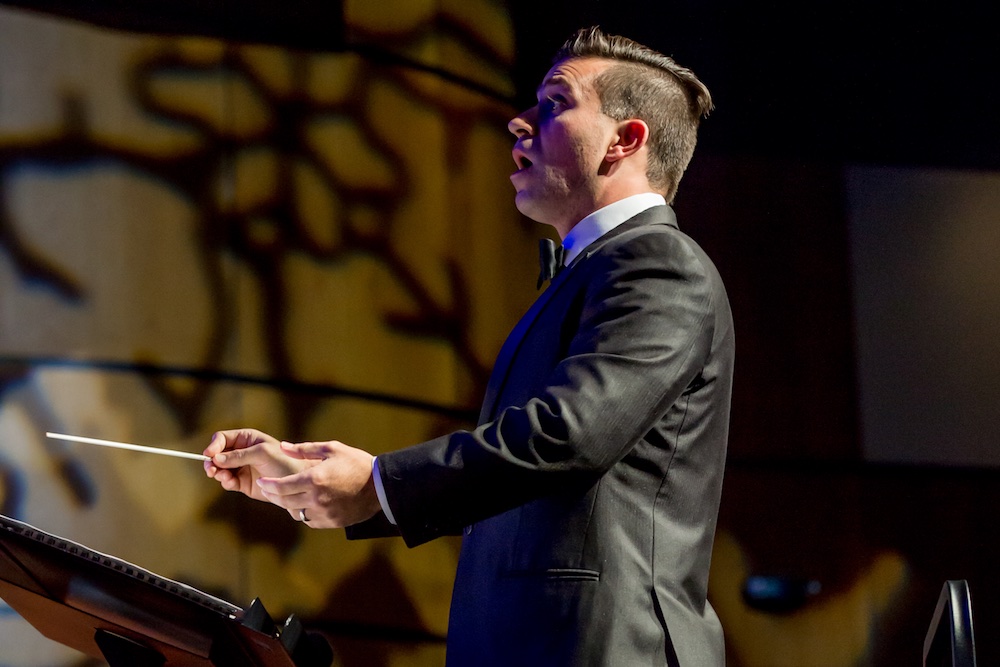Artistry= Talent + Skill + Craft
Talent
Talent cannot be changed. It is predefined, set, static. It is the aspect of artistry most celebrated by society, yet it is the one element that people do nothing to earn. You are born with the amount of talent you have at a particular activity.
We spend most of our time in popular culture celebrating “how talented” someone is. Our television programs revolve around this idea (“America’s Got Talent”, “The Voice”, “American Idol”, etc.). We put on “Talent Shows” at schools. If you read any comments on a YouTube video (pro tip: don’t!), you’ll see most of the positive compliments focused on the creator’s talents. To be fair, most of these amazing viral videos involve performers with a high level of talent. However, the differentiating factors– the things that make the videos so unique and “viral”– are actually the next two parts of artistry.
Skill
The first malleable element of artistry is skill. Skill can be changed. It can be increased, honed, improved. You can have no skill at something one minute and have a modicum of skill at the same thing minutes later. Over hours, months, years, and decades, you can build skill mastery.
For me as a director, what skills do I need to have and continue to improve upon to be effective?
- Keyboard skills. The better I can play parts, the faster my singers can learn them.
- Vocal modeling. The better I can show my singers the tone, placement, vowel shape, phrasing, and breath support a piece requires, the better they can understand and respond.
- Rehearsal techniques. The more quickly I can identify, assess, and fix problems in a rehearsal, the faster an ensemble can move from notes and rhythms to musical expression.
- Nonmusical skills like fundraising, administration, communication, and relationship building.
Craft
The second malleable element of artistry is craft. Craft encompasses the creative decisions you make when sculpting any kind of art. Craft is built over time with experience and through exposure to a variety of influences.
- The pieces of literature I choose for my ensembles, which includes decisions on stylistic periods, composers, cultural background, length, and difficulty.
- The hundreds of small articulation, dynamic, phrasing, vowel shape, tonal placement, and other musical elements I instruct my singers to do over the course of the rehearsal cycle.
- The number of songs I decide to put on a concert.
- The venues I choose for my concerts.
- The warmups I use each day to engage, energize, and equip my singers.
Why is it so important to clearly identify and define these three components of art making? Quite simply, because it elucidates our path to continuous growth.
Artistry and Festival/Contest
When choral, band, and orchestral ensembles go to an adjudicated festival– a staple of the academic music-making calendar– they spend months on 2-3 pieces, rent a few buses, take students out of school for a day, and get a rating. This rating is then used to measure success and growth, often touted on social media alongside a plastic trophy or composite wood plaque. But what does this rating measure? What areas of artistry have the most impact on this score?
Let’s start with talent. This probably has the least to do with the score. If I am judging a festival and I hear things like intonation problems or weak tone, do I write “be more talented” on the feedback sheet? No.
Maybe it’s skill, then. After all, these students should be responsible for working on their breath support and ear training– these intonation and tone issues wouldn’t exist if they did…right?
Not exactly. At a festival, what I (and 99 percent of adjudicators) will focus on in my comments to the director and ensemble are almost exclusively related to craft:
“Choose music with shorter phrases.”
“Focus on tuning the soprano and tenor parts in measures 2-5.”
“Elliding the s to the beginning of the next word would clean up the rhythmic inconsistencies in measures 33-34.”
“The trumpets are overpowering the rest of the ensemble.”
Conclusions and Next Steps
- Music festivals should be designed to have interactive feedback from clinicians focused on inspiration and skill. Usually these clinics focus on craft– changing a decision that the director has made (“feel free to change this back if you don’t like it!”. I want them to provide my singers (and me) with new tools for skill building and ideally an emotional connection that will create more expressive singing and a more personal experience for the choir.
- Music festivals should be deliberate in the kind of feedback they are giving. Score and comment sheets should be addressed to the director because most of the feedback is related to craft, and the directors are the ones who have made those choices.
- Directors should be cognizant of what they choose to have their choir spend money and time doing. Paying thousands of dollars to go perform two pieces in front of half a dozen students waiting to perform next seems less than rewarding to me at this point in my career.
- Focus more class time on skill building and less time on simply imposing your artistic decisions on your ensemble members.
- With enough skill and experience, ensemble members can also begin to participate in the craftsmanship– “how long do you think we should crescendo here”, “what feels like the right place to breathe”, “how do we best express the text at this section”, etc.
- For pete’s sake, stop talking about how talented somebody is. Start talking about how skilled they are. Extol their craft.

